Exercise Modality Influences Why Our Muscles Fatigue
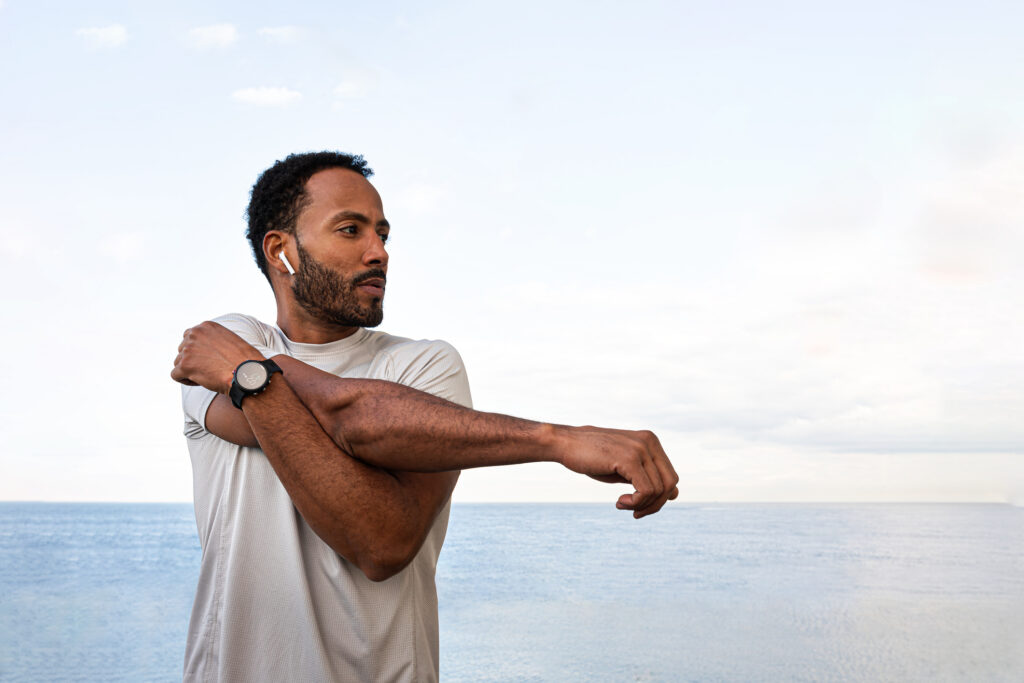
During strenuous exercise, the neuromuscular system is repeatedly stressed, causing impairments to occur at various potential sites along the brain-to-muscle pathway. These perturbations cause a reduction in the ability of our muscles to generate force, which can increase our sense of effort, cause us to slow down and reduce our capacity to perform high intensity […]
How Does Exercise Improve Immune Bioenergetics?
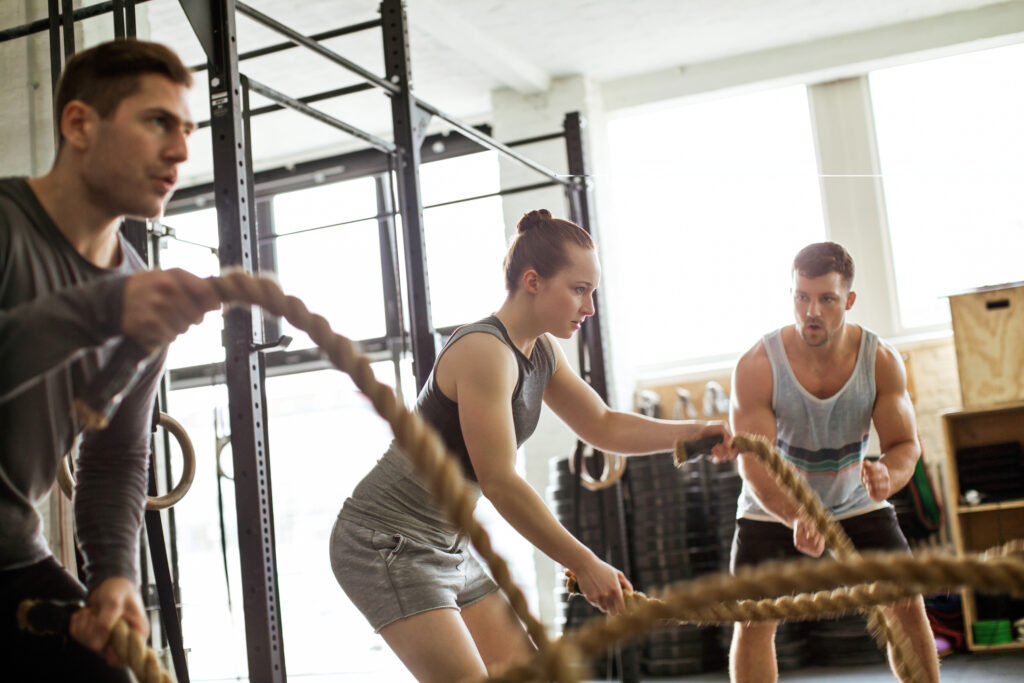
Natural killer (NK) cells, which are found in the blood, are crucial in the prevention and treatment of cancer. They function by eliminating malignant tumors in an innate immune manner. NK cells express an array of activating and inhibitory receptors that recognize cancer cells without the need for immunization. Cytotoxicity is a process that results […]
Henry Ford Health Reimbursement Case Study

The Preventive Cardiology department at Henry Ford Health in Detroit, Michigan, employs 18 clinical exercise physiologists (CEPs) across three sites, as well as two registered dieticians (RDs); there are no other allied health professionals on staff. The Henry Ford Health CEPs provide a wide variety of services: For all of these categories, the CEP documents […]
High Intensity Physical Activity in Individuals with Elevated Levels of Coronary Artery Calcium Appears to Be Safe
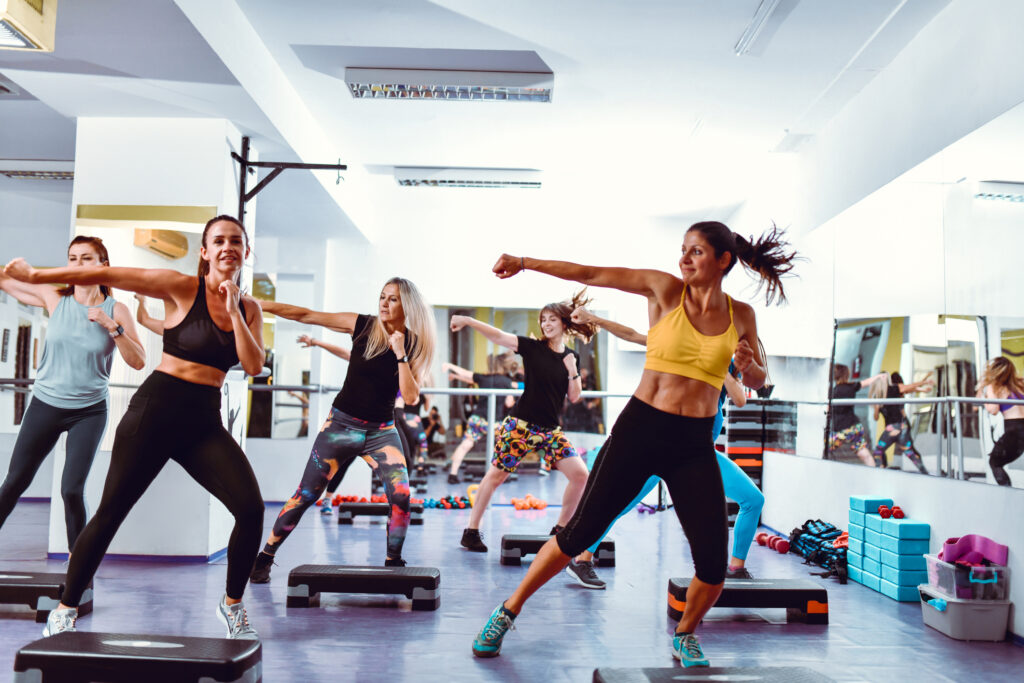
The 2018 Physical Activity Guidelines for Americans notes that there is no obvious “best amount” of physical activity and no evidence of increased risk, even among those that engage in high intensity activities. However, vigorous physical activity may acutely increase the risk of heart attack and sudden cardiac death in some individuals. Recent studies have shown that large […]
Industry-Presented Q&A: How to Effectively Communicate the Science Behind Performance with your Athletes

Thank you to everyone who attended the March 10, 2022 Gatorade Sports Science Institute webinar on “How to Effectively Communicate the Science Behind Performance With Your Athletes.” Below is a series of follow-up questions and answers provided by presenter Kevin Luhrs. The course is still available here along with 1 CEC. Save up to 50% on […]
High-Intensity Interval Training (HIIT) Enhances Neuroplasticity in Healthy Older Adults
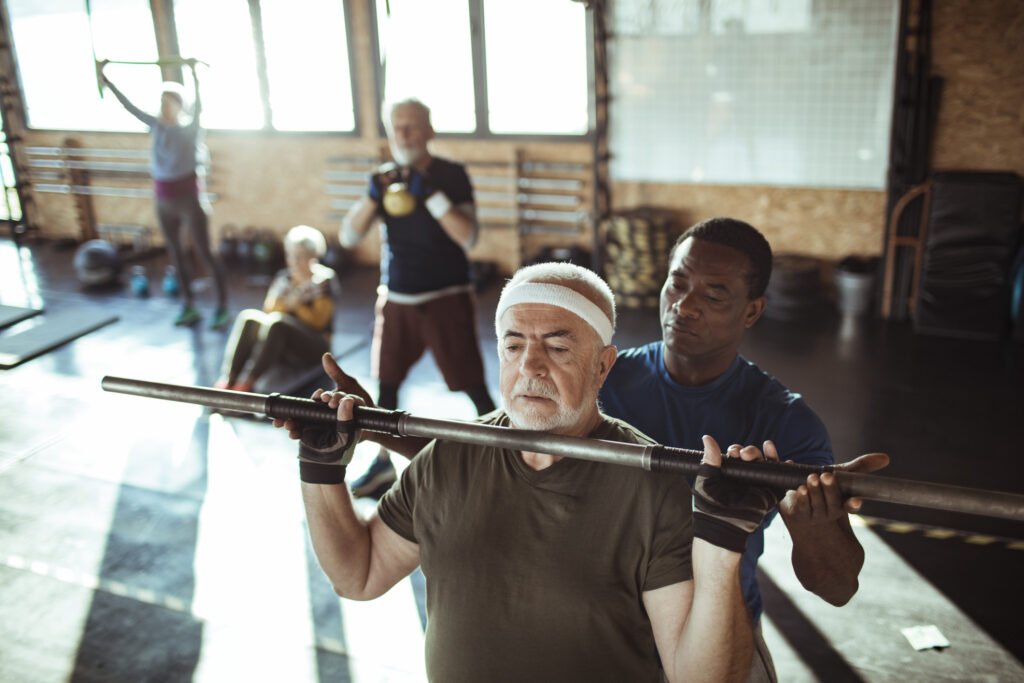
Neuroplasticity is the ability of the brain to physiologically change due to our experiences. There is accumulating evidence for the benefits of a single session of aerobic exercise to enhance motor learning and neuroplasticity in young adults. Stationary cycling exercise performed immediately before or after skilled motor practice enhances motor learning that involves movements of […]
Highly Cushioned Shoes Improve Running Performance Even in the Presence of Muscle Damage
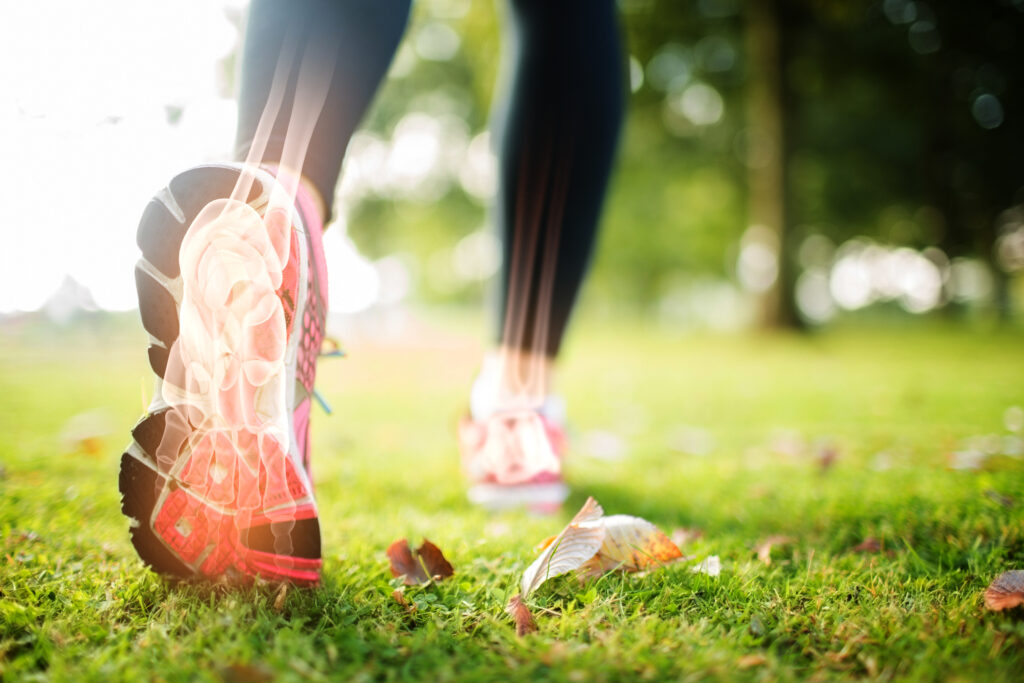
From a physiological perspective, long-distance running performance is determined by the interaction of three factors: maximal oxygen uptake, the highest oxygen uptake that can be sustained (at steady-state) and running economy (the amount of oxygen required to transport the body mass over a given distance). While each one of these factors is important to performance, […]
Healthy Habits for Distance Running
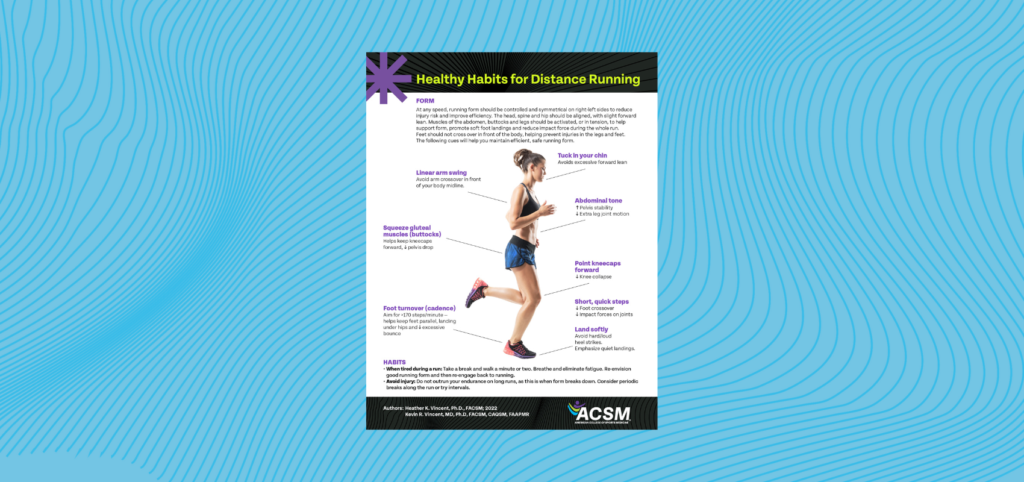
Healthy Habits for Distance Running, infographic, article and list of published resources.
“Mind the Drift” of HR for Accurate Exercise Intensity Implementation in Prolonged Aerobic Exercise
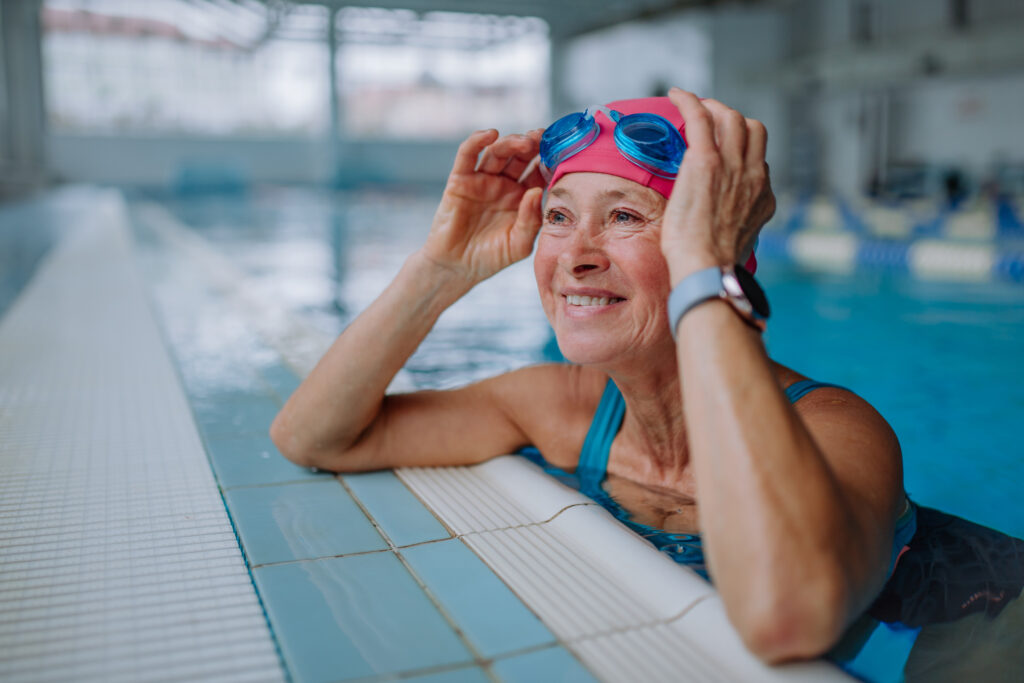
An appropriate and individualized dose of regular aerobic exercise is recommended to promote and preserve cardiorespiratory health throughout life. The exercise dose is defined by four ingredients: frequency, intensity, time and type of exercise. Among these, intensity is the most elusive term of the exercise “prescription.” It is typically determined from an external load (such […]
Clinical Exercise Physiologists in the Workforce

A clinical exercise physiologist (CEP) is an allied health professional trained to work with persons diagnosed with a chronic disease for which exercise training has been shown to be therapeutically beneficial. Such conditions include cardiovascular, pulmonary, metabolic, neuromuscular, immunological and orthopedic disorders, among others. Primarily, CEPs work in medically supervised environments providing programs or services directed by […]
